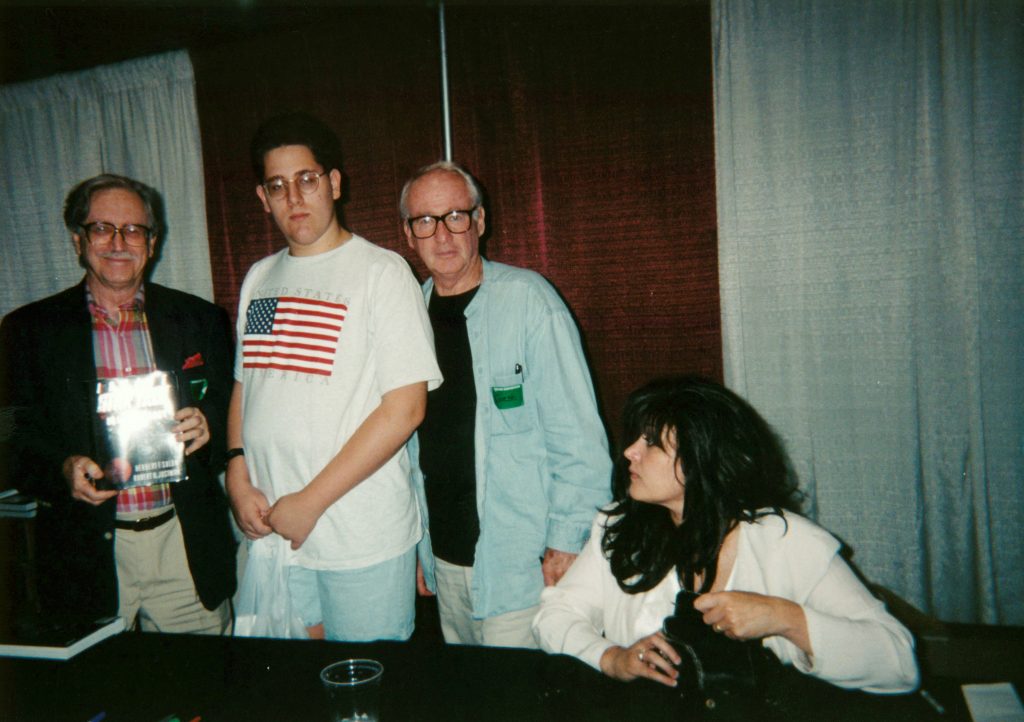Week: 52
MapBeen watching Interior: Chinatown on Hulu. Didn’t read the book, but interesting story.
Looks like I’ll be ringing in 2024 with my Lyft driver.
Soup Du Jour Salmon Chowder with corn, red peppers, and fresh salmon
⭐⭐⭐⭐⭐
Going through my list of itineraries over the last decade to add limited records of where I’ve been to my site. I think I also have paper tickets and old boarding passes as well somewhere I can merge in. Right now, these are just simple posts with the location and the time keyed to the departure time of the flight.
Refbacks for WordPress Version 2.0 Released
The Refbacks plugin is now updated after nearly two years. The plugin doesn’t need much attention, it always worked it’s based on the Webmentions plugin, and we’d done some work over there that I brought over, including a new retrieval class, improved type support, etc.
The way I implemented Refbacks is essentially this. When someone visits a page on my website, and it has a referer string, it forks into the background a process to retrieve that page, verify it does link, and creates a refback comment. Semantic Linkbacks parses microformats and enhances that comment. It excludes links on the same site, as these are handled already by webmention or even pingback.
One of the things I’ve used this for in the past is to show mentions of my site on the Indieweb wiki.
Last month, Herb Solow passed away at the age of 89. Solow was well known as the executive in charge of production of the original Star Trek. I recently found this picture of the time I met him and Bob Justman in Boston in 1997 when they were doing a signing of their book, Inside Star Trek.
Last night of Chanukah.


